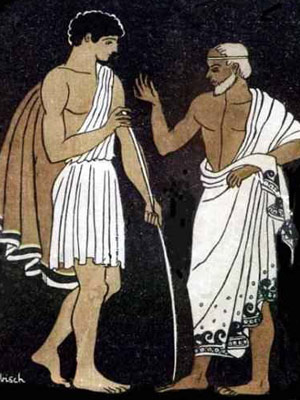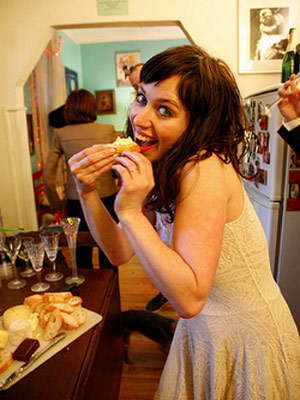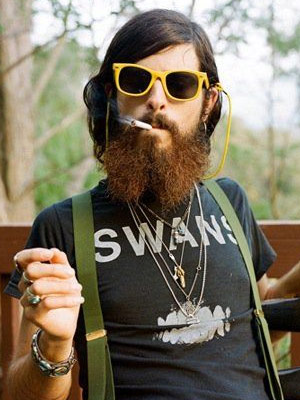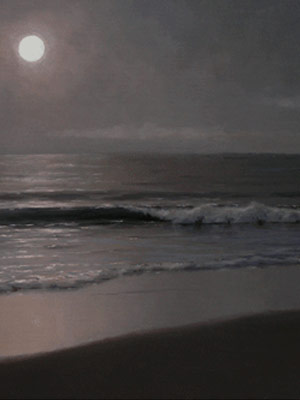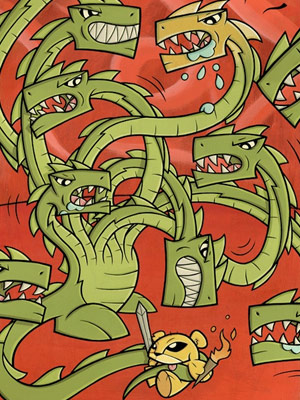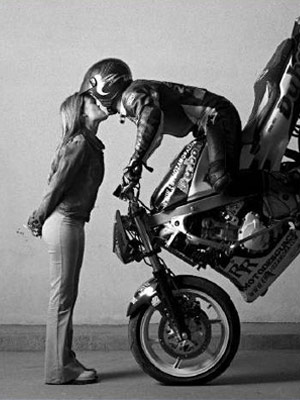 Seeing is believing. Sometimes the path to resolution, and evolution, of an idea means sharing your bad ideas. Yours and the clients. Sharing the good and bad, and soliciting responses, will tune your understanding of what is important to someone.
Seeing is believing. Sometimes the path to resolution, and evolution, of an idea means sharing your bad ideas. Yours and the clients. Sharing the good and bad, and soliciting responses, will tune your understanding of what is important to someone.
At some point a client will ask you to do something that you think is a bad idea and, despite your genius, the best thing to do is to show them what they ask for. Worst case scenario: you discover that you’re not the genius you thought you were. Best case: the client sees first-hand that their idea doesn’t work and they trust you more. In either case you’ll learn a little more about the project by embracing the request and trying it out.
This doesn’t need to be a source of stress. If you’re working with a new client budget for iteration. It will improve the quality of your work and make your clients happier.
